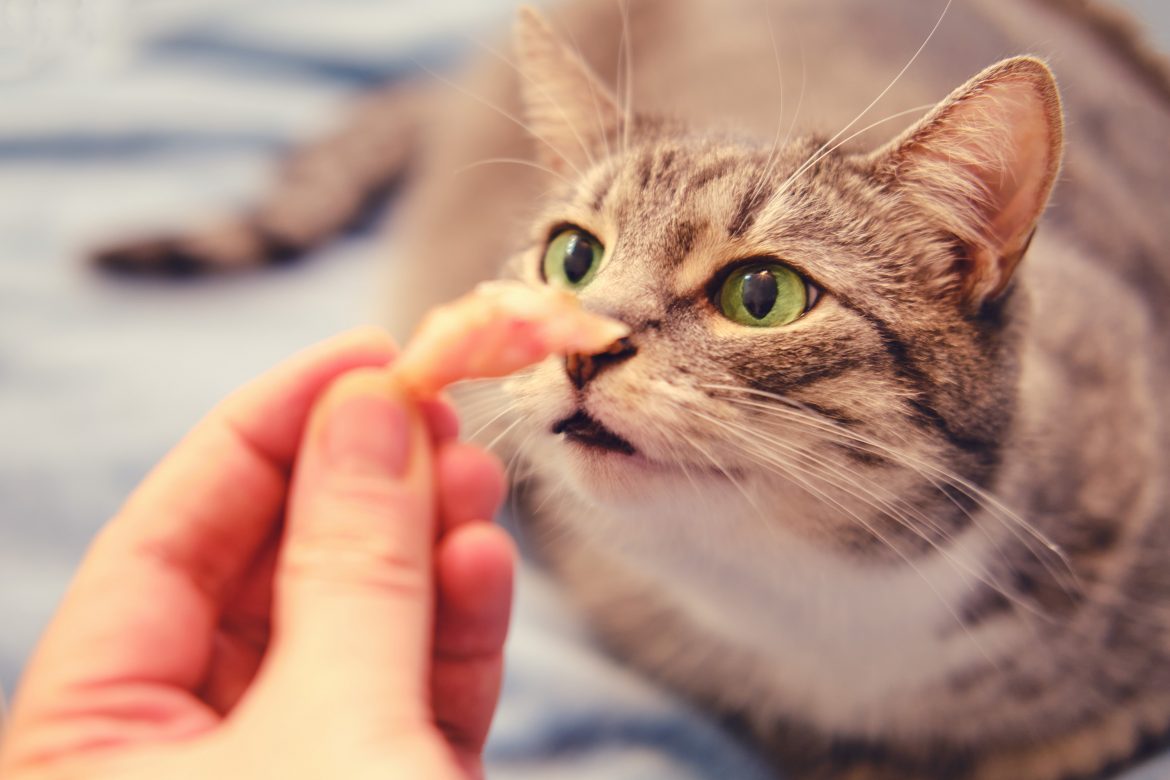Dangerous foods you shouldn’t give your cat – and milk is one of them!
We get that cats are part of your family, and because of this, we tend to want to treat them to the goodies we indulge in. But the thing is, you need to make sure that the things you are feeding your feline friend are not toxic foods for cats. And what’s more, you also need to keep an eye on your precious feline member of the family to ensure they don’t eat anything you leave on the kitchen counter.
Believe it or not, many of the foods we as humans can consume without issue are actually quite toxic to cats and can cause serious health issues if ingested. For this reason, it’s important to take note of which human foods are better left for human consumption (i.e. no amount of purring or nuzzling should encourage you to feed these foods to your cat!).
So, the question is, what foods are toxic to cats? We’ve put together a comprehensive list of toxic foods for cats so you can make sure Whiskers doesn’t get his paws on any of them!
1. Alcohol
Alcohol can cause severe brain and liver damage in cats, as well as vomiting, diarrhoea tremors, disorientation, trouble breathing, coma, and even death. A teaspoon of alcohol can cause serious harm to your cat! So rather cheers your feline family member with water.
2. Caffeine
Coffee, tea, and energy drinks contain a substance called methylxanthine which can cause rapid breathing, high body temperature, heart palpitations, increased thirst, muscle tremors and restlessness in your cat.
3. Chocolate
There is a compound found in chocolate called theobromine that can cause seizures, vomiting & diarrhoea, heart arrhythmias and muscle tremors if ingested by your cat. Dark chocolate contains a higher concentration of cocoa in it, which makes it much more dangerous for cats than milk or white chocolate.
4. Dairy products
Did you know that your cat can become lactose intolerant when he is an adult? That’s because, when they are kittens, cats drink their mother’s milk with no problem. When they become adults, their digestive tract are often not equipped to handle exposure to the lactose found in milk. If a cat drinks milk as an adult, they are likely to experience vomiting and diarrhoea.
5. Raw meat, eggs, fish and fat trimmings
It’s a good idea to first consult with your vet before adding any of these items to your cat’s diet as they could cause vomiting and diarrhoea, or even salmonella or e coli poisoning. Raw eggs contain an enzyme that can lead to skin and coat issues in your cat.
6. Grapes and raisins
Although Whiskers is not very likely to want to eat raisins or grapes, it is best not to let him near them as they can lead to rapid development of kidney failure, as well as reduced appetite, abdominal pain, and diarrhoea.
7. Garlic and onions
Some onion or garlic in a little bit of sauce is not likely to result in any issues, but if your cat eats a garlic clove or a green onion, then this can result in serious tummy issues and even damage red blood cells, which could lead to anaemia.
8. Tuna
Tuna that is made into food for cats is perfectly healthy and good for your cat. BUT – tuna that is made and sold for human consumption can lead to digestive issues, even as an occasional treat in small amounts.
9.Xylitol
This popular sugar-free alternative has become the go-to for sweetening drinks and foods. But it is not a healthy choice for cats (and dogs). There are more cases of dogs becoming ill from this sweetener, but its best to not let your cat have any either!
What to do if you think your cat has been poisoned
If you think your cat has eaten one of these foods, try to figure out which one it was as this will help to determine the best course of action for treating the symptoms.
If you notice your cat is experiencing any of the following symptoms, you should call your vet:
- Reduced appetite
- Diarrhoea
- Vomiting
- Lethargy
- Decreased urination
You might have to induce vomiting if you think your cat has eaten something he shouldn’t and is showing the above symptoms (make sure to phone your vet first for guidance – they may be better able to help you figure out what your cat may have eaten).
To induce vomiting, you will need to mix between 1 and 3 teaspoons of salt for every 250 ml of water. Use a syringe to inject this into your cat’s mouth – they should vomit after this. Be sure to take your cat to the vet immediately afterwards to make sure they get any additional treatment necessary, and so that your vet can make sure there are no lasting side effects.
Pet Insurance covers unexpected vet bills in emergencies like these! We love Oneplan Pet Insurance because they front you with the cash BEFORE you see the vet on your Onecard which is your personal claim debit card, meaning you won’t have to worry about being able to afford to go to the vet as your pet insurance will have you covered.
Yours in not-so-average pet advice,
Petinsurance.co.za
#NotYourAveragePetAdvice
Read next: How Can I Stop My Male Cat from Spraying in My House? Our 4-Step Guide



